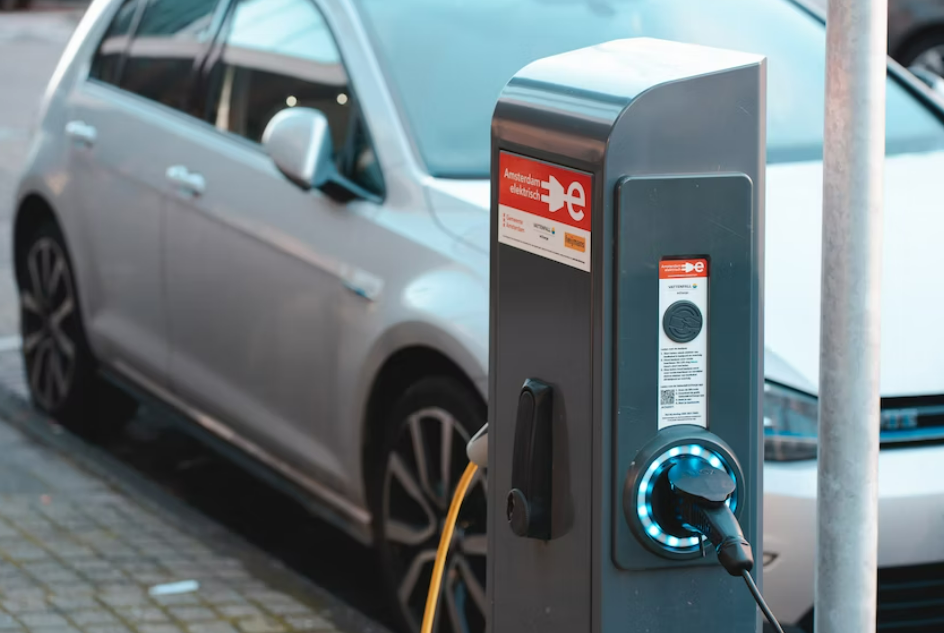Japan is gearing up to supercharge its EV infrastructure, aiming for a major overhaul by the end of the decade. Recent insights from Nikkei suggest the nation’s Ministry of Economy, Trade and Industry (METI) is setting ambitious benchmarks to bolster its fast-charging provisions.
The advancement of charging systems in Japan is far behind Europe and the US
The focal point of METI’s plans is a mandate to increase the charging power of highway stations. The current standard, averaging at 40 kW, is anticipated to change to 90 kW by 2030. While these figures represent a significant bump, they surprisingly lag behind global expectations. Why? This conservative 40 kW average is the result of an aggressive installation of 50 kW CHAdeMO chargers during the early Nissan Leaf phase, which, despite their sheer numbers, provide sub-optimal charging durations due to their limited power.

However, the proposed 90 kW, though an improvement, seems inadequate for future EVs. While select high-traffic zones might witness 150 kW chargers, it is pretty low in comparison to Europe and the US, where it’s a whopping 250-350 kW, especially along interstates and other important highways.
METI’s holistic approach isn’t just confined to power increments. Plans also encompass denser charger placement, with one every 44 miles along highways, sweetened by the allure of subsidies for operators.
Transitioning from time-based to energy-specific pricing, METI plans to achieve a pay-per-kWh system, targeting an on-the-go payment model by possibly 2025. This could prove pivotal in attracting users by offering transparency and convenience.
METI’s actions undeniably align with the global electrification run. However, the metrics, especially regarding power, remind us to exercise caution rather than audacity. For Japan to fully embrace the EV revolution’s spirit, it might need to lay out its plans and the resources the country needs to achieve those high ambitions.
RELATED:
- Virtus Motors launches the Alpha A and Alpha I electric bicycles in India to mark its 7th anniversary
- Huawei’s First Pure Electric Sports Sedan to Be Released This Quarter, Featuring HarmonyOS 4
- Best TVs for Bright Rooms in 2023 – Samsung, Hisense, & More
(Via)







